Biocentric lighting
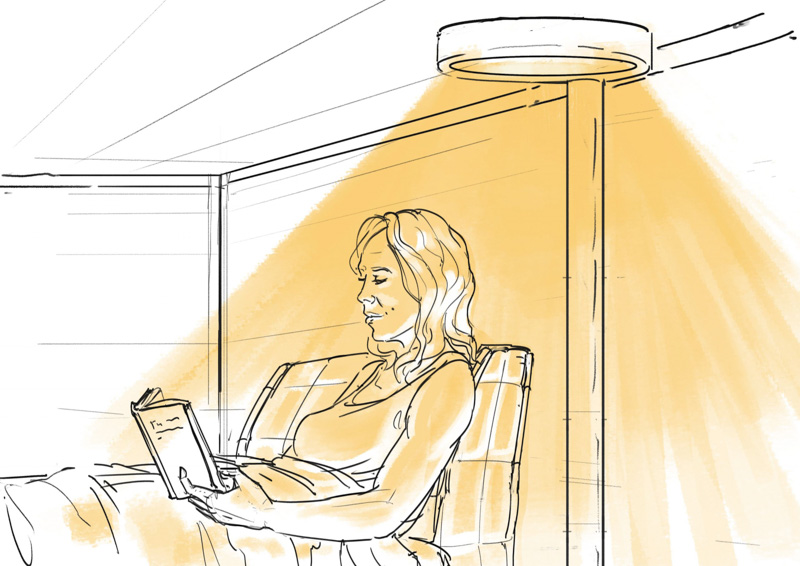
Biocentric lighting is based on a deep understanding of human physiology.
Light affects all species on earth, especially humans. We need light to see, but we also need light for our health. Light exposure is essential to help our body function properly – to support the circadian rhythm.
Biocentric lighting is a lighting system that simulates the most important aspects of daylight indoors. The light is designed to support a stable circadian rhythm with many benefits for our health and well-being, including improved mood and better sleep.
Not getting the right light exposure can lead to circadian disruption, which is associated with many negative health effects.
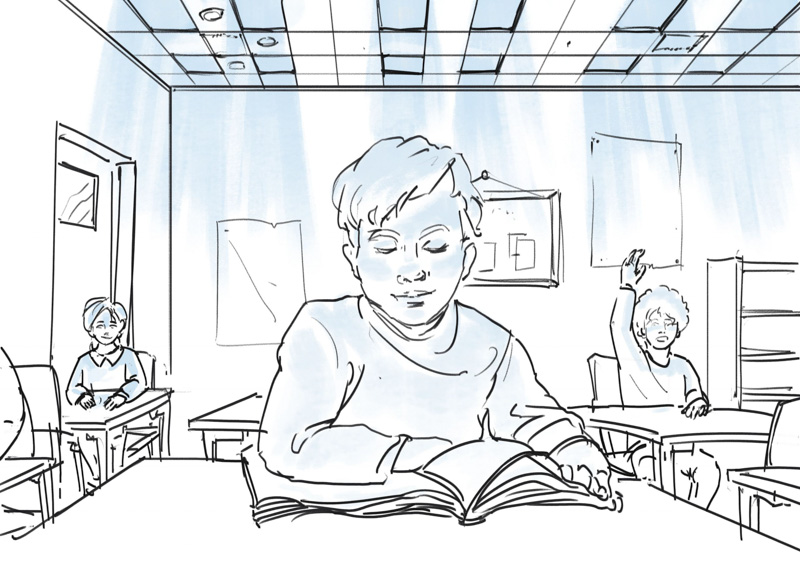
Bright days and dark nights.
Bright days and dark nights help us maintain a balanced circadian rhythm. When we spend time indoors, we rely on lighting to support this need. Biocentric lighting considers the most important aspects of daylight throughout the 24-hour cycle and dynamically changes over the course of the day.
Benefits of Biocentric lighting
- Improved mood¹
- Better sleep²
- Improved alertness³
- Better cognitive function⁴
Light recipes
BrainLit’s Biocentric lighting environments are unique and tailor-made. Using our light recipes, we deliver light that adapts to the needs of different environments and activities. Different situations may require a special type of light, to help us feel alert or relaxed. We want to ensure the best possible environment for you, for any occasion. Light recipes ensure the end user gets the right amount of circadian impact at the right time.

Standards for circadian impact
The two most common circadian metrics used to measure and communicate the impact of light on one’s circadian rhythm are Melanopic Equivalent Daylight Illuminance (m-EDI) and Circadian Stimulus (CS). Different building and light standards use different metrics for lighting requirements.
- m-EDI measures the absorption of light exposure in the eye, which influences our circadian rhythm.⁵
- CS measures the impact of light exposure on an individual’s melatonin levels and circadian rhythm.⁶
Melanopic daylight efficacy ratio (mDER), which is closely related to m-EDI, reflects how similar a light source spectrum is to daylight at stimulating the circadian system. A light source that stimulates the circadian system as much as daylight has a DER of 100%, whereas one that doesn’t stimulate the circadian system at all has a DER of 0%.
Biocentric lighting is designed based on these metrics primarily. Both on a luminaire and system level. Biocentric lighting solutions are always capable of delivering at least 250lux mEDI in relevant areas while the actual mEDI at a given time is controlled through the light recipe. BrainLit recommends going beyond 250lux mEDI in many cases and BCL solutions for 350 or 500lux mEDI are available.
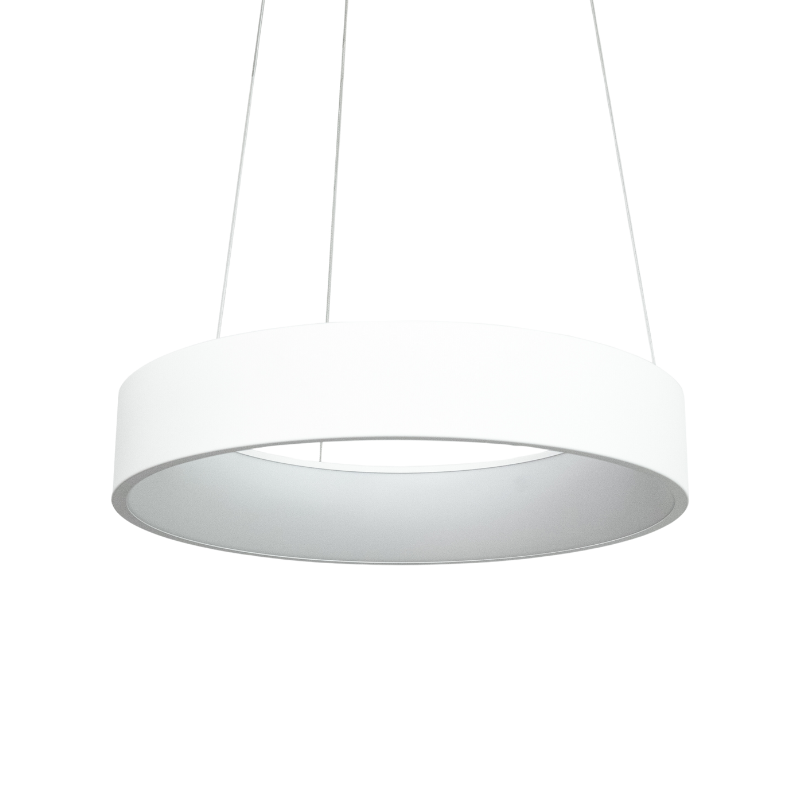
Luminaires
BrainLit luminaires are designed to provide light for health with all luminaires providing a very wide range of circadian impact.

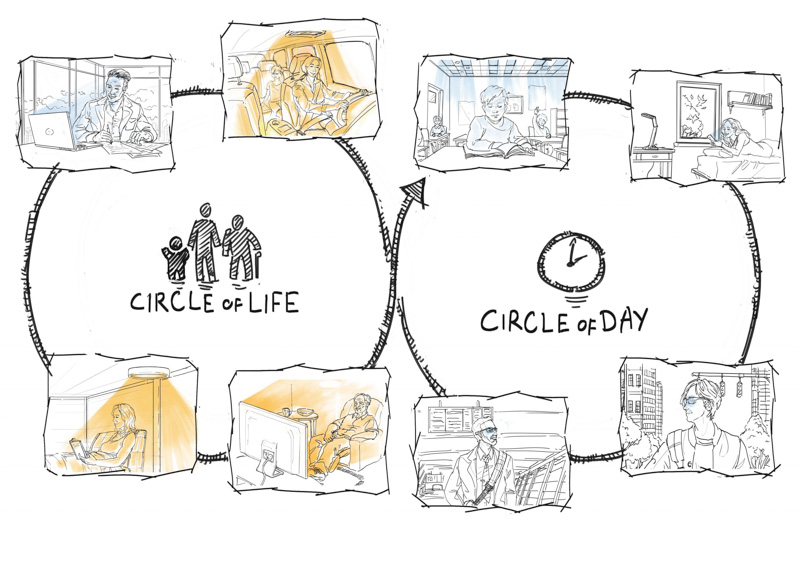
Light for today, light for tomorrow.
With Biocentric lighting we aim to set a new standard for indoor lighting. In addition to supporting a balanced circadian rhythm, we can also help you protect yourself against poor light.

By getting better light during the day, you can:
Protect yourself against the negative effects of poor evening light.
For instance, strong circadian impact light during the day, means less circadian disruption caused by blue light exposure from evening screen time
Protect yourself against dramatic deviations from schedule.
If you are travelling or make drastic changes to your sleep/wake cycle, you may not feel as sluggish or affected by the changes in your schedule as you would without the proper light exposure during the day
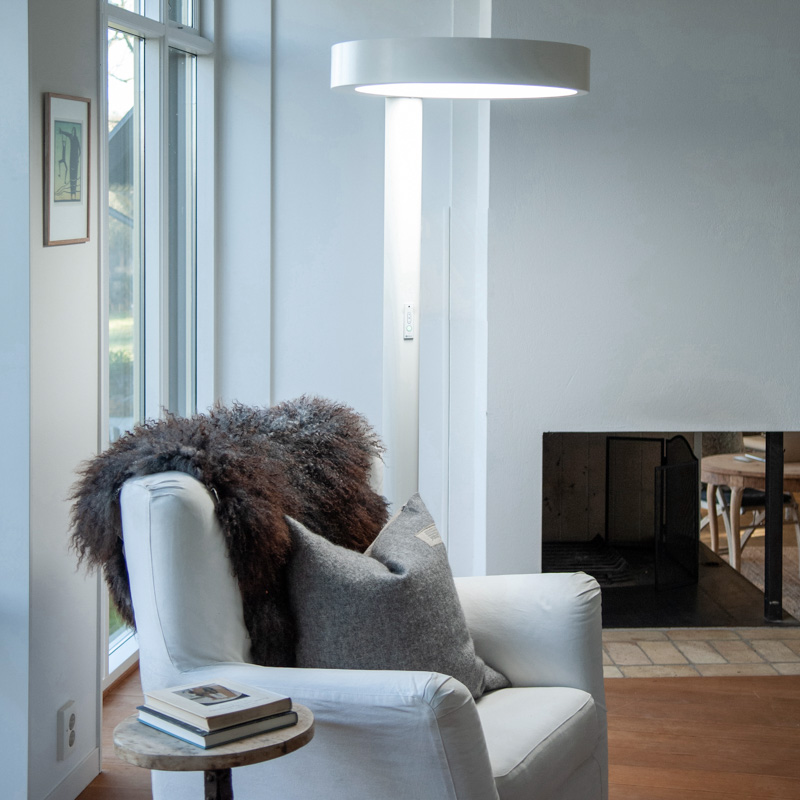
Short- and long term benefits of Biocentric lighting
In the long term, by maintaining a balanced circadian rhythm you will experience less significant side effects as you otherwise would, when deviating from your normal schedule (such as going to bed later during the weekend). You may compare it to having a balanced diet, but enjoying a piece of cake every once in a while.

Summary
- Secure a regular and stable circadian rhythm
- Benefit from the light even when you’re away
- Maintain high long term vitality despite changes to schedules
- Entrain your sleep to the working day after just 2 weeks in BCL*
*In an average Biocentric lighting environment with BCL m500
Day in, day out.
Employees do not need to be at the office every day of the week to benefit from the light. The effect of the light is long-term, making you feel as refreshed on a Monday, coming back from the weekend, as you would feel on any other day.
Performance anytime, anywhere.
In elite sports, frequent travel and schedule changes can affect performance. With Biocentric lighting, you can help ensure high performance regardless of time or place.
Sleep you can count on.
Biocentric lighting helps ensure a stable and regular sleep cycle, to make elderly care residents feel as comfortable as they would at home.
References
- Nagare R, Woo M, MacNaughton P, Plitnick B, Tinianov B, Figueiro M, Access to Daylight at Home Improves Circadian Alignment, Sleep, and Mental Health in Healthy Adults: A Crossover Study, Int J Environ Res Public Health (2021) Sep 23;18(19):9980.
- Figueiro MG, Steverson B, Heerwa- gen J, Kampschroer K, Hunter CM, Gonzales K, Plitnick B, Rea MS, The impact of daytime light exposures on sleep and mood in office workers, Sleep Health (2017) Jun;3(3):204-215.
- Viola AU, James LM, Schlangen LJ, Dijk DJ, Blue-enriched white light in the workplace improves self-reported alertness, performance and sleep quality, Scand J Work Environ Health (2008) Aug;34(4):297-306.
- Hviid, C. A. P., C.; Dabelsteen, K. H. A field study of the individual and combined effect of ventilation rate and lighting conditions on pupilsâ performance. Building and Environment 171, 106608, doi:https://doi.org/10.1016/j.buildenv.2019.106608 (2020).
- This is a simplification, for more details please read: https://cie.co.at/publications/cie-system-metrology-optical-radiation-iprgc-influenced-responses-light-0
- This is a simplification, for more details please read: Rea et al. Light as a circadian stimulus for architectural lighting https://doi.org/10.1177/1477153516682368

